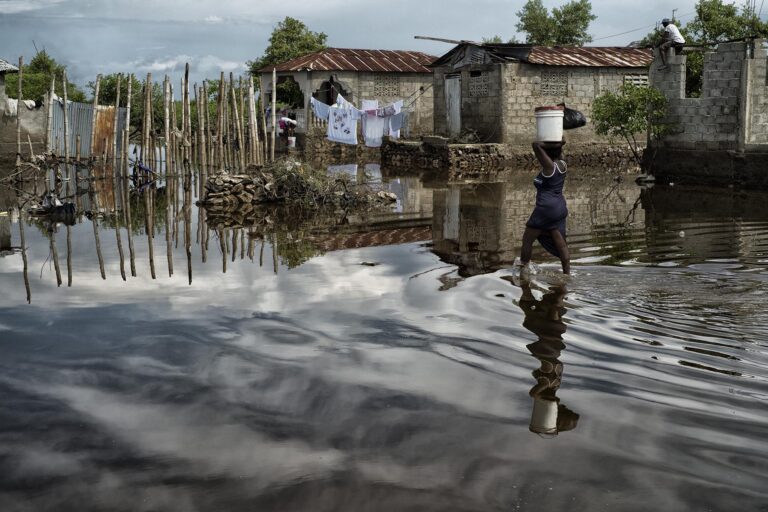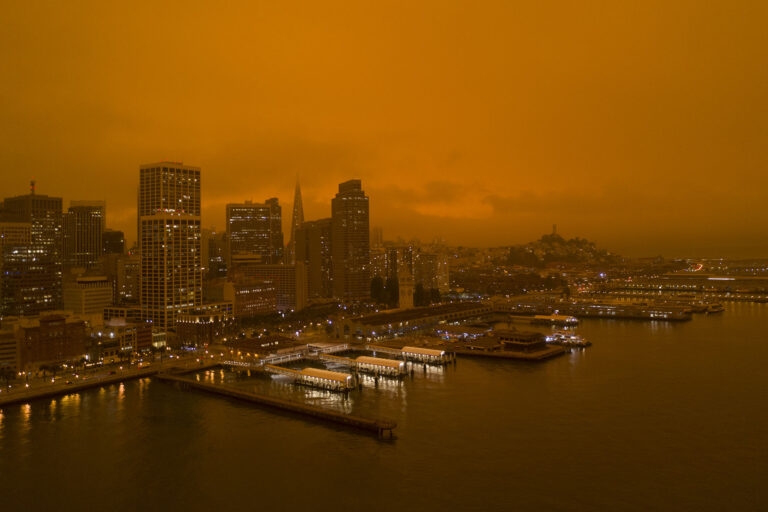Under the International Covenant on Economic, Social and Cultural Rights (ICESCR), everyone has...Read More
In an effort to stave off climate catastrophe, many countries have made commitments to mitigate climate change, primarily by reducing greenhouse gas (GHG) emissions.
A major source of these commitments is the Paris Agreement, a legally binding international treaty, announced at the UN Climate Change Conference (COP21) in Paris in 2015 and since agreed to by 193 States, plus the European Union.
The Paris Agreement sets out a framework to substantially reduce global greenhouse gas emissions in order to limit the global temperature increase in this century to 2 degrees Celsius while pursuing efforts to limit the increase even further to 1.5 degrees above pre-industrial levels. As part of the agreement, countries have made mitigation commitments known as Nationally Determined Contributions (NDCs), which outline their targets, policies, and measures for reducing greenhouse gas emissions. Countries are further required to submit updated NDCs every five years, which should reflect their “highest possible ambition” and be consistent with the long-term goals of the agreement. These long-term goals include limiting global temperature increase through domestic mitigation efforts and providing financing to developing countries for their mitigation efforts.
For example, the European Union’s current NDC goal (submitted in December 2020) is to reduce emissions by at least 55% below 1990 levels by 2030, while the United States has a target of reducing its net greenhouse gas emissions by 50-52% below 2005 levels by 2030. In contrast, China still intends to increase its carbon dioxide emissions, aiming to peak before 2030 and then achieve carbon neutrality by 2060.
Nevertheless, the Intergovernmental Panel on Climate Change (IPCC) has found that countries’ updated NDCs, even if fully implemented, fall far short of what is needed to meet the goals of the Paris Agreement, taking only an additional 7.5 per cent off predicted annual greenhouse gas emissions in 2030 (compared to the previous round of commitments). Reductions of 30% are needed to stay on the least-cost pathway for 2°C and 55% for 1.5°C. Furthermore, despite initially pledging $100 billion a year to help less wealthy countries with their mitigation efforts (an amount that was widely considered insufficient), rich countries have failed to come near to fulfilling that promise.
In addition to NDCs, the Paris Agreement also invites countries to formulate and submit long-term low greenhouse gas emission development strategies (LT-LEDS) that go beyond the five-year horizon of their NDCs – though, unlike NDCs, these are not mandatory.
Further mitigation commitments, many going beyond topline emissions reductions, have been made through other COP conferences, such as the Cancun Agreements, the Durban Platform, the Doha Amendment, and the Glasgow Climate Pact. These commitments include, for example: financial and technological support for developing countries to mitigate their emissions; the promotion of renewable energy; and the establishment of carbon markets and pricing mechanisms. The Glasgow conference, in particular, urged or required countries to: phase down (though not necessarily phase out) coal and fossil-fuel subsidies; halt and reverse deforestation and land degradation by 2030; and collectively slash methane emissions by 30 percent by 2030. Some countries also went beyond these baseline commitments. For example, 23 countries, including five of the world’s top 20 coal power-using countries, pledged to phase out coal power, while 20 countries and five financial institutions committed to stop public financing for most fossil fuel projects.
The implementation of these commitments is monitored and reviewed through the UNFCCC’s transparency and accountability mechanisms. Crucially, however, the mechanisms do not have any enforcement powers.
Photo Credit: The Crescent Dunes solar thermal power project is about 190 miles northwest of Las Vegas, Nevada. If wealthy countries are to live up to their mitigation commitments, they will have to quickly transition from fossil fuels and increase their production of renewable energy. Photo by the US Bureau of Land Management (CC BY 2.0).






